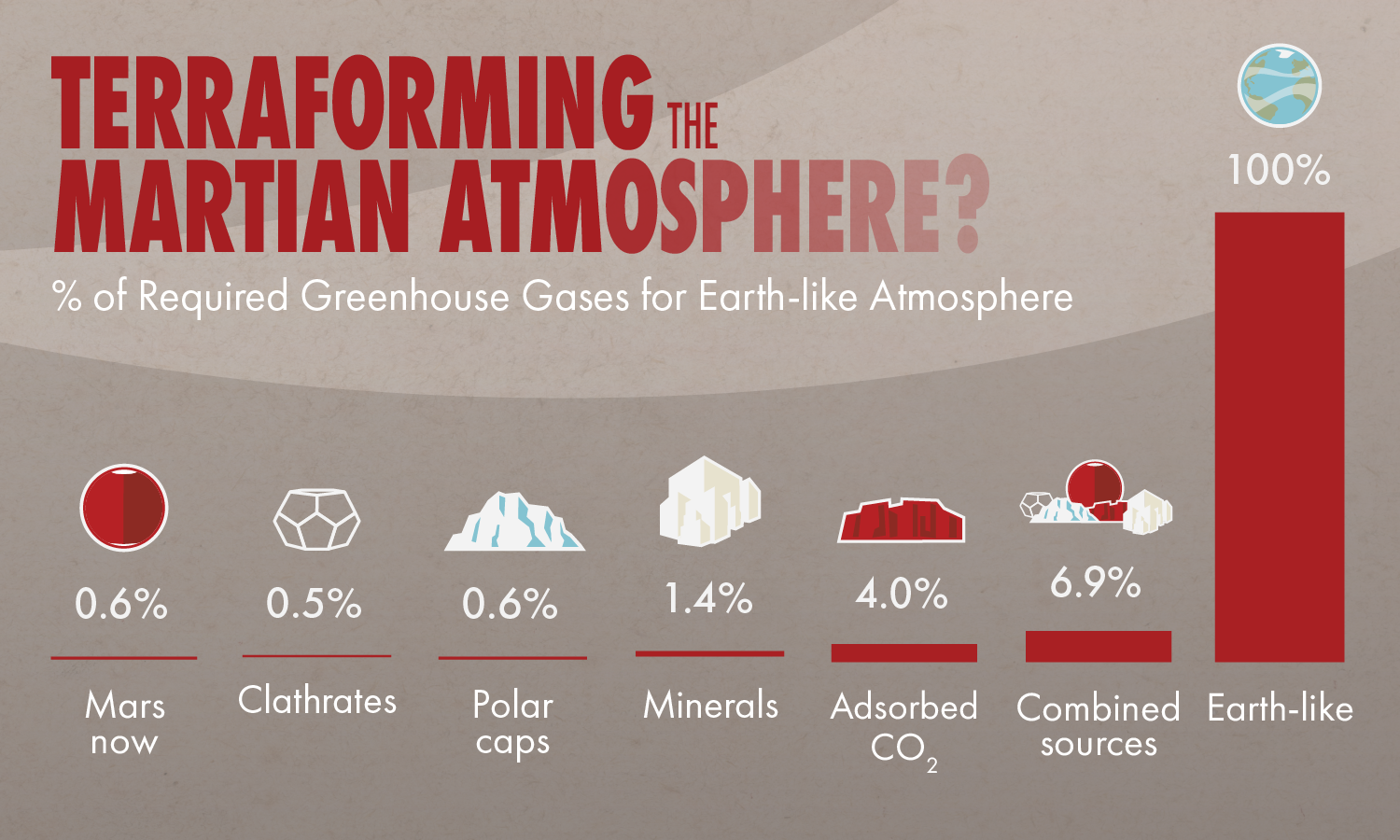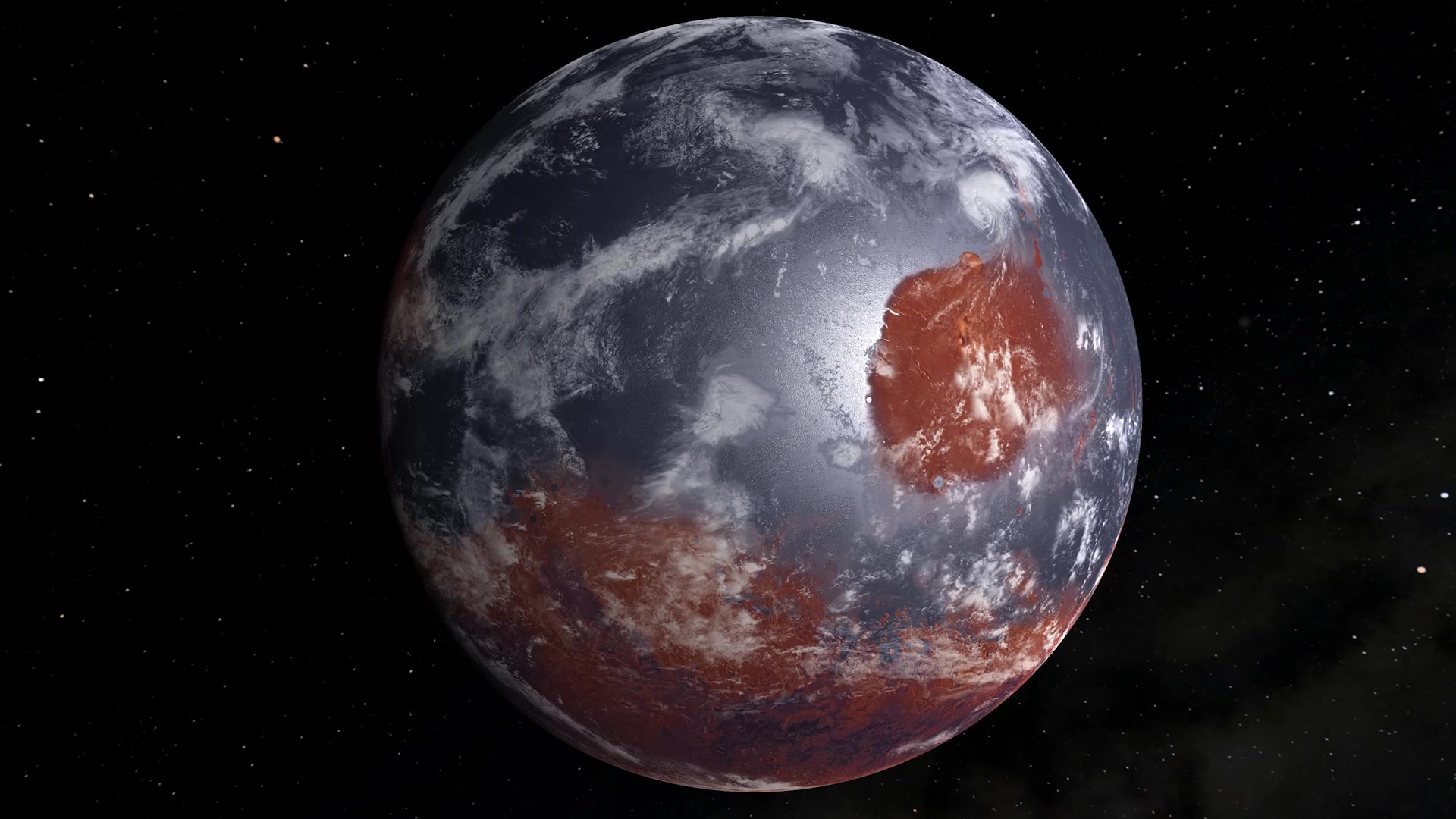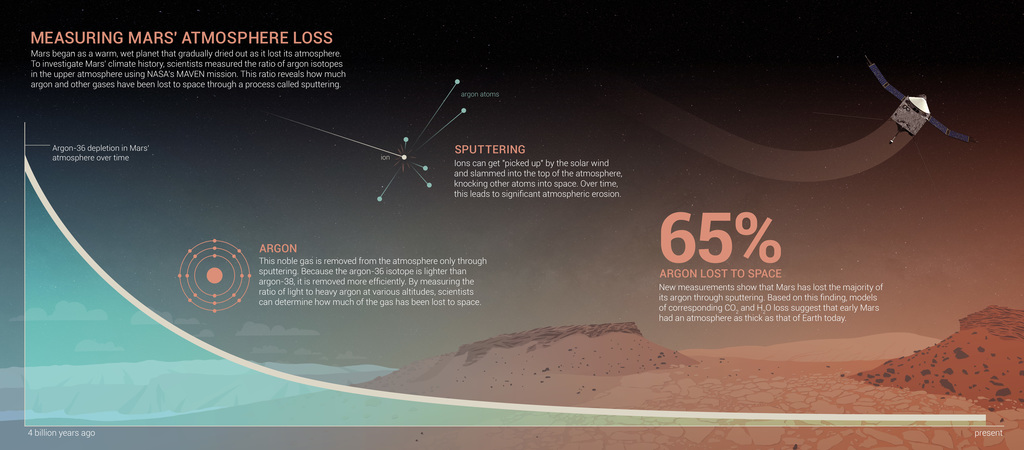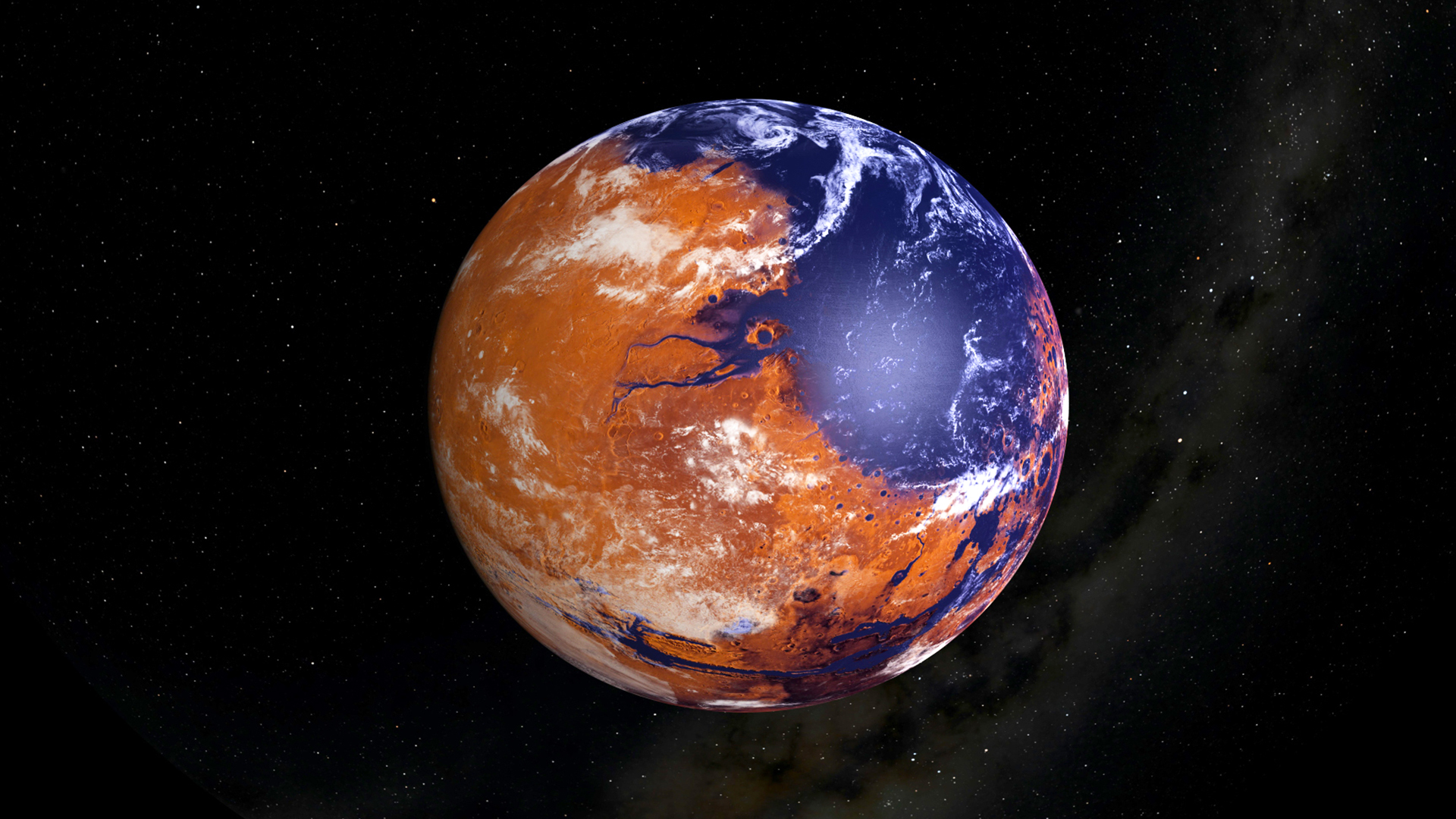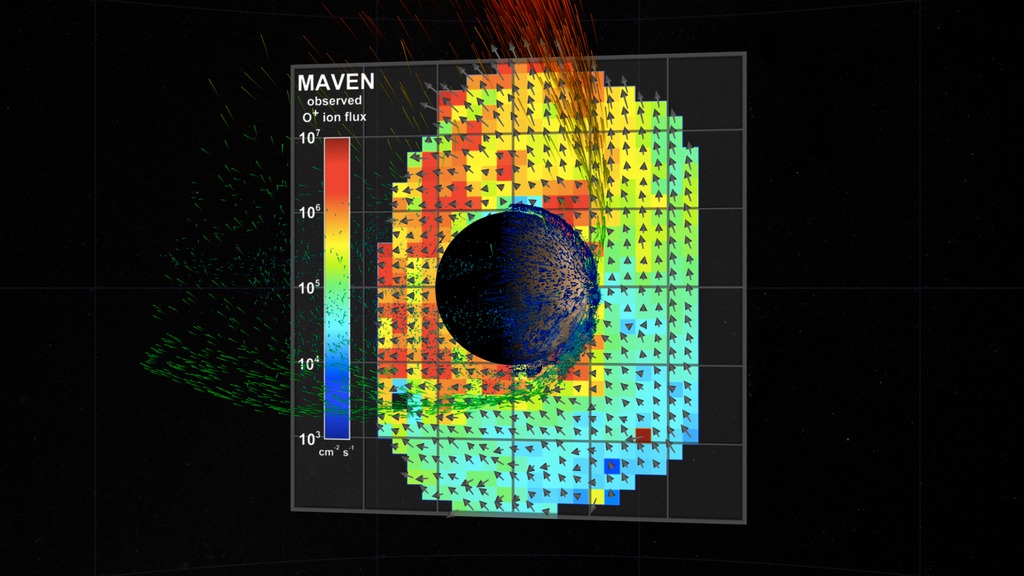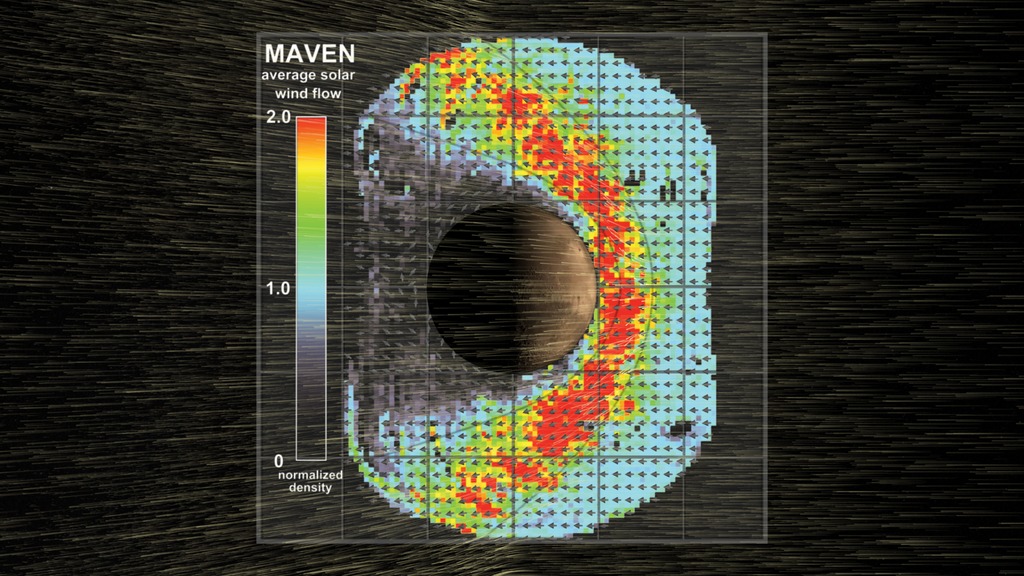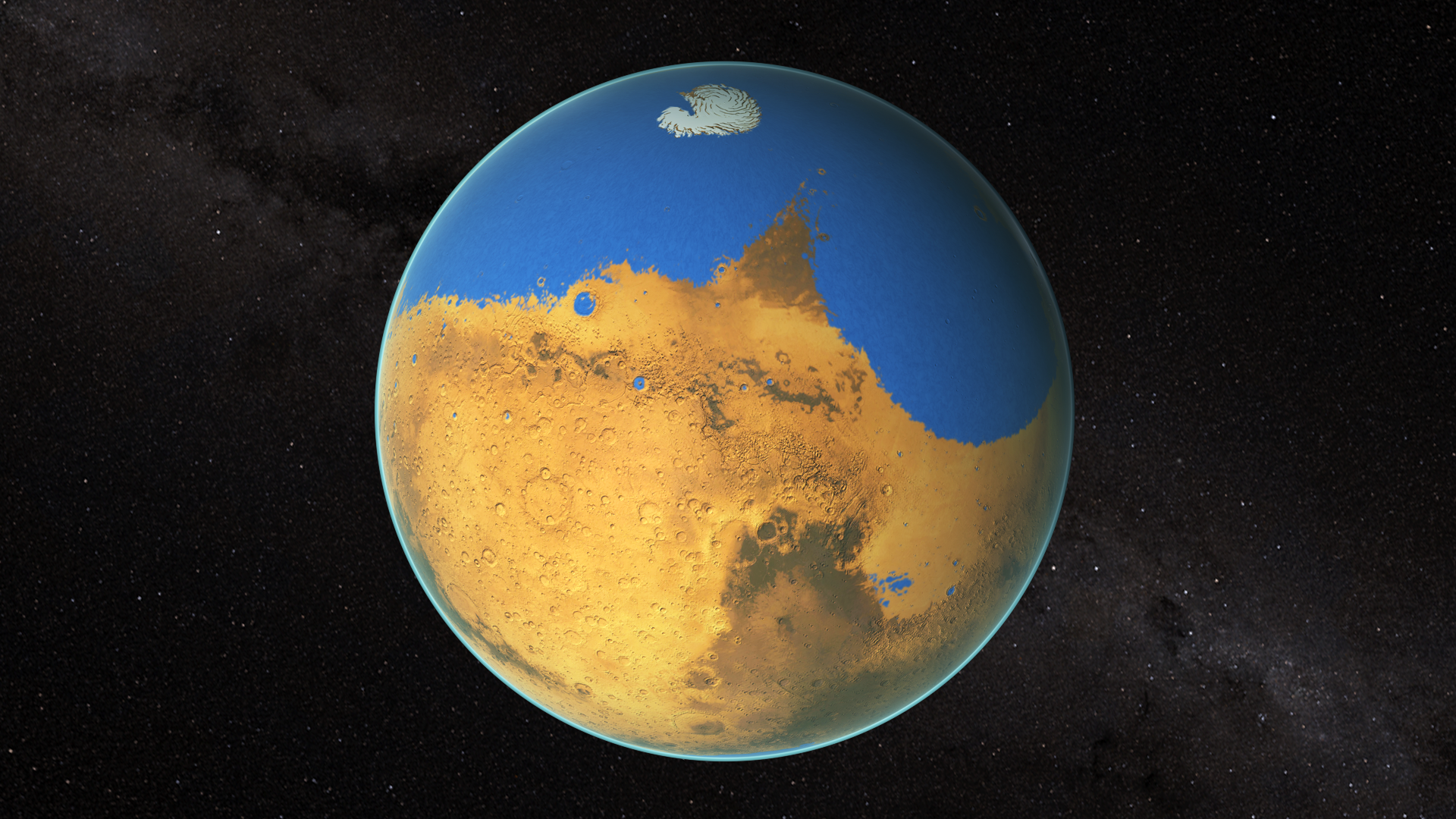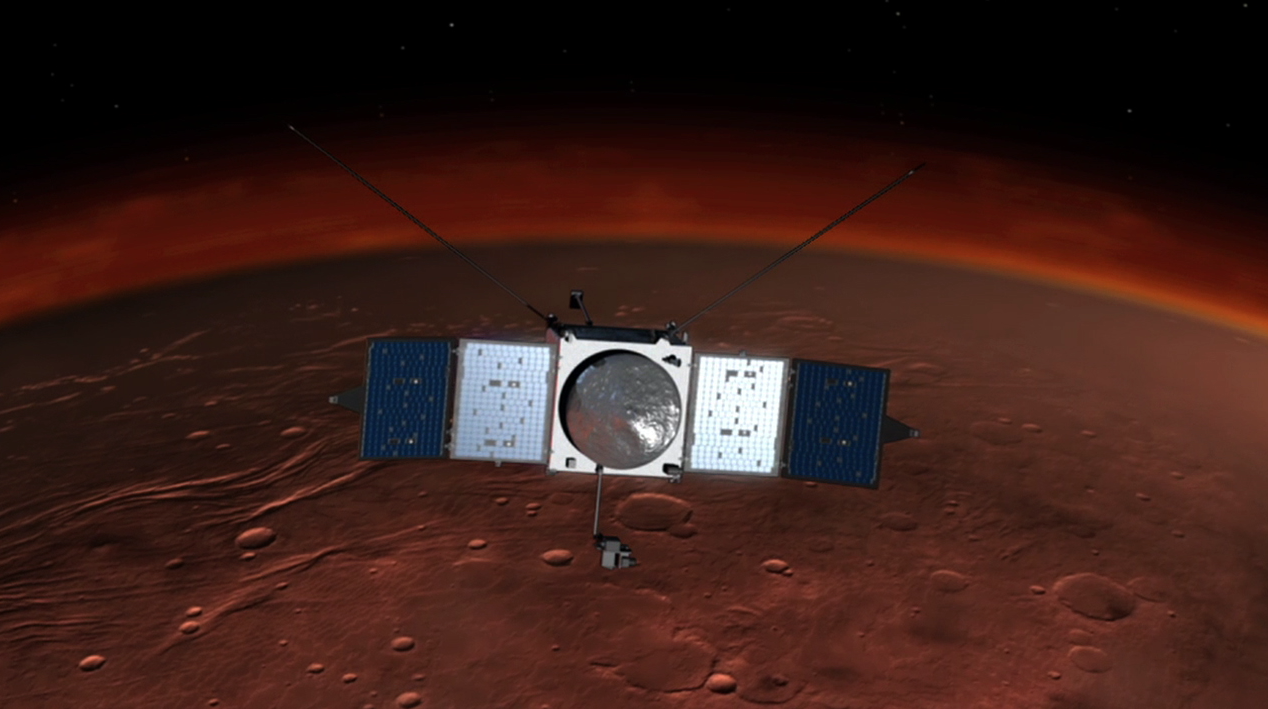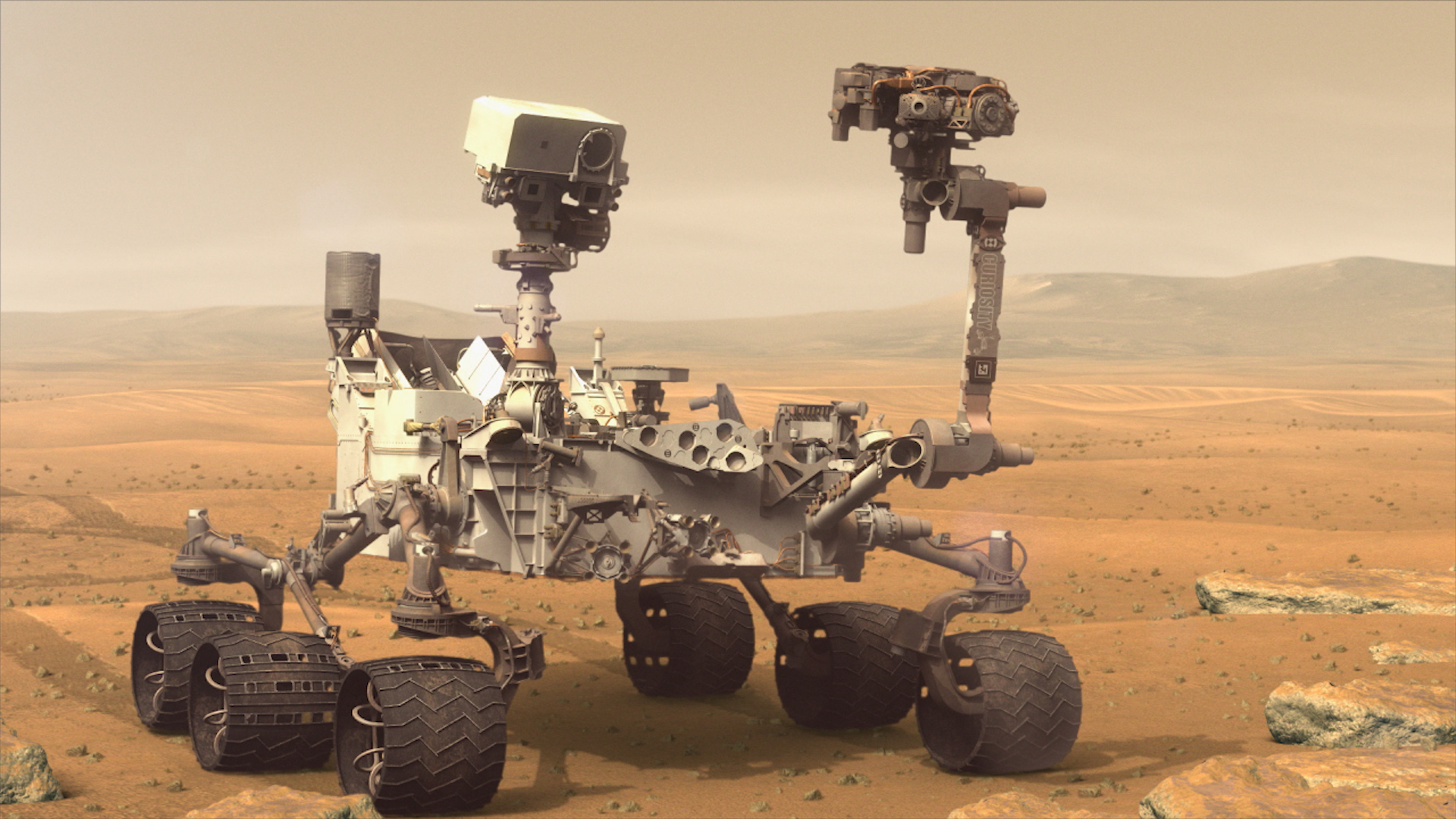Mars Transition
Billions of years ago when the Red Planet was young, it appears to have had a thick atmosphere that was warm enough to support oceans of liquid water – a critical ingredient for life. The animation shows how the surface of Mars might have appeared during this ancient clement period, beginning with a flyover of a Martian lake. The artist's concept is based on evidence that Mars was once very different. Rapidly moving clouds suggest the passage of time, and the shift from a warm and wet to a cold and dry climate is shown as the animation progresses. The lakes dry up, while the atmosphere gradually transitions from Earthlike blue skies to the dusty pink and tan hues seen on Mars today.
16x9 format
Cinemascope format
Credits
Please give credit for this item to:
NASA's Goddard Space Flight Center Conceptual Image Lab
-
Animator
- Michael Lentz (USRA)
-
Technical director
- Aaron E. Lepsch (ADNET Systems, Inc.)
-
Producer
- Dan Gallagher (USRA)
-
Scientist
- Bruce Jakosky (LASP)
Release date
This page was originally published on Wednesday, November 13, 2013.
This page was last updated on Wednesday, May 3, 2023 at 1:51 PM EDT.




